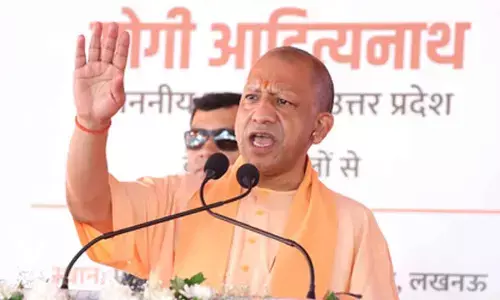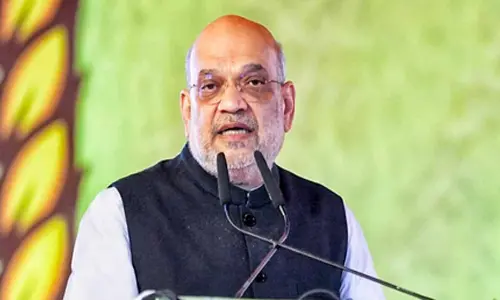Healthy prescription for realty sector ills

The government\'s latest policy package to revive and boost the cash-strapped construction and realty sector by putting in place a mechanism to release funds that are stuck in arbitration is a significant move for industry and economy.
The government's latest policy package to revive and boost the cash-strapped construction and realty sector by putting in place a mechanism to release funds that are stuck in arbitration is a significant move for industry and economy. Under the new norms, 75 per cent of the amount against guarantee will be released in cases where a given award has been contested by government authorities.
This is a big relief for the sector that has around Rs 1 lakh crore under arbitration. The notable, related reform measure – granting permanent residency status to foreign investors aimed at facilitating greater investment – will further bolster liquidity. The government's stimulus reflects its priority to the construction sector and is quite justified, considering that it contributes 8 per cent to the GDP and generates huge employment to revitalise the economy.
That's precisely why Prime Minister Narendra Modi has gone on record as saying that the three-year period (2011-12 to 2013-14) of stagnation, with a large number of stalled projects, had badly hit the economy. The new policy is aimed at reducing the debt and meeting working capital requirements to revive stalled projects and start new ones. It has come as a big breather for construction companies, reflected in the immediate spurt in their stock prices.
The positive impact can be gauged from the fact that big construction companies like HCC will be able to reduce their debt by half as revealed by its Chairman Ajit Gulabchand. As private investments are not forthcoming, the government is banking on public investment, with a spending target of Rs 7 lakh crore. Even in the national budget, the focus has been on infrastructure, as the total value of stalled projects stood at seven percent of GDP.
The Centre for Monitoring Indian Economy (CMIE) put stalled projects at Rs 11.36 lakh crore, with projects worth Rs 70,000 crore under arbitration. The government has an uphill task ahead to build 100 smart cities and 60 million new houses under its flagship 'Housing for All' programme. And the key to achieving all this is the good financial health of the construction and realty sector.
Anuj Puri, Chairman of global real estate advisory JLL India, believes that at a time when we are focusing on infrastructure creation and real estate boosting, the government's twin measures of providing continuous liquidity and switching over to the globally accepted EPC (Engineering, Procurement, Construction) mode of contracts, promising higher degree of certainty in relation to cost and time, will result in infrastructure capacity-building by giving a fillip to private participation and investment.
Today, the biggest bane of the construction and realty sector is debt-ridden developers. Industry statistics show that banks have an exposure of about 45 per cent to the construction sector. Crisil estimates top realty companies face the challenge of paying about Rs 30,000 crore of borrowings maturing in the immediate future. It is in this backdrop that private equity entities have come to the rescue of developers of stressed projects.
Piramal has recently funded Rs 15,000 crore to over half a dozen developers and targets disburssals of Rs 1,500 crore credit to realty companies every month. The new policy prescription also opens up opportunities for realty companies to partner with construction companies and contractors to take up infrastructure projects like roads and highways.














